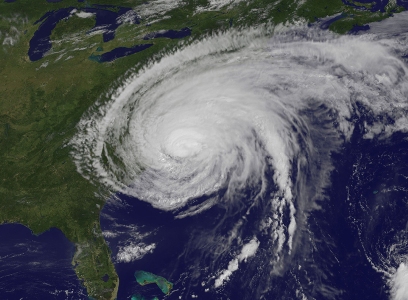Natural and man-made disasters can have devastating impacts on small businesses. Disasters often strike without warning.
Fires, weather-related events, crimes, or other disasters can result in damage or destruction of important business assets. These events can also affect human resources. The disruption of day-to-day business operations can cripple businesses.
Although disasters cannot always be prevented, their impacts can be minimized through preparation and recovery plans.
Planning – Preparation
Planning and preparation are essential tasks for small businesses. Typically, a disaster plan begins with a general set of best practices and then expands to cover as many scenarios as practical.
A plan to protect both real and intellectual property is usually required. Digital information should be backed up whenever possible. Multiple file backups may be necessary, including on-site, off-site, and cloud protection.
Insurance is essential for most small business. One of the most important components of a disaster prevention and recovery plan is documentation. Records of purchases, photos, and other information is important when making insurance claims or seeking other assistance.
Recovery
When disaster strikes, the recovery process should begin as soon as practical. In many situations, the recovery of salvageable items is one of the most important and time-sensitive operations.
Post-event documentation is also important. Photos of damage are usually necessary. A daily journal can also be helpful. As soon as possible, the business will need a new or temporary location.
Restoration of computer systems is another important task. Accounting practices will need to be restored and sometimes work will need to be performed to rebuild business records.
In many cases, specialized assistance will be required in order to properly sustain the business. Specialized services may include property restoration, cleaning, administrative, legal, and other tasks.
Questions
Periodically, small business owners may need to ask a series of questions:
Is the initial disaster plan being implemented?
Are there any practices that need to be modified or added?
Does the plan need to be modified to reflect technological changes?
Is the business ready in case of disaster?
